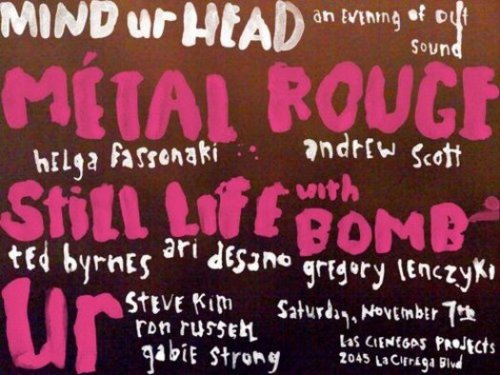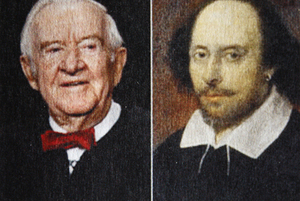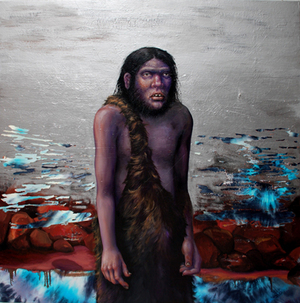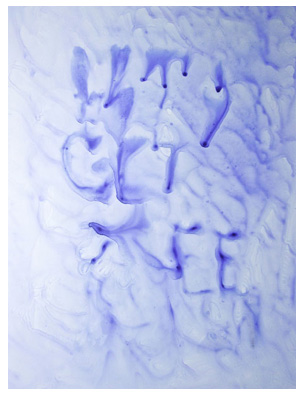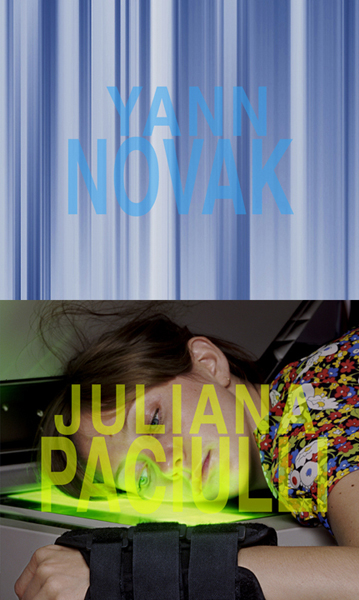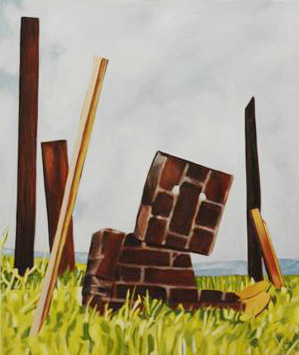
Main Gallery
Ray Barrie
Physical Limits
Physical Limits refers to a group of groundbreaking sculptures that Ray Barrie produced in 1967-68. For Las Cienegas Projects, he has undertaken what he calls a “three-dimensional documentation” of this work, not in order to reproduce the “original”, but to physically re-enact a process based on the evidence of drawings, photographs and commentary from his archive as well as recollection. Here physical limits pertain not only to the object, but also to the way memory elaborates and limits the interrogation.
Recalling the historical context of Barrie’s work inevitably evokes the transformative social movements of the late sixties as well as the artistic innovations that were eventually designated by Rosalind Krauss as “sculpture in the expanded field.” At St. Martin’s School of Art in London, in the wake of Anthony Caro’s pedagogy, which included New Generation sculptors such as William Tucker, Phillip King and David Annesley, a formal revolution erupted. Rejecting the armature, assembly and above all, the weld, a group of younger artists––among them, Roland Brenner, Roelof Louw and Roger Fagin as well as Ray Barrie, began working in the space carved out by American Minimalism, but at the same time, reacting to it. As Mel Bochner defined it, there was no essential and reciprocal unity of concept and object in American Minimalism. The work could be recreated at any time by anyone. According to Barrie, the British version was a more dynamic interaction with materials, “engineered rather than designed…hands on, rather than illustration or administration.” In a pamphlet, published in conjunction with the sculpture exhibition at Stockwell Depot, London 1969, Fagin said he wanted the work to be direct and unequivocal, “in much the same way as trees and bridges exist” and Brenner emphasized the value of experiment, “it’s the antithesis of making masterpieces.”
In 1969, at the Royal Academy of Art, in the exhibition Young Contemporaries, Barrie presented the wood, steel and blue rope work in the ephemeral form of 500 Xerox copies. Then, in the same year, he took the procedures of dynamic interaction, experiment and impermanence to their logical extreme in Unsculpt, the prologue to Ian Breakwell’s influential event, Unword, at the Institute of Contemporary Art, London. Barrie’s sculpture was installed as a conventional exhibition in the concourse gallery. During the opening, he entered the space, dressed in a boiler suit, carrying a tool box, then proceeded to disassemble the steel elements, saw up the wood structures and dispose of it all in twelve refuse bags that were tied and stacked. Some have viewed it as an explicit statement of disaffection with the commercialization of art, but Barrie insists that his implicit gesture of support for the striking Sanitation Workers was more important at the time. The ICA events also marked the convergence of objects and actions in performance art with the legacy of nuclear disarmament activism in Europe, most notably, the Destruction in Art Symposium, 1966, which was organized by Gustav Metzger, an advocate of Barrie’s interventions. Forty years later, Ray Barrie has constructed a “document” of the destroyed works for this exhibition, engaging us in a timely iteration of the past and of its unfinished business in the present.
Ray Barrie, Physical Limits, installation views:
 Photos by Kelly Barrie
Photos by Kelly Barrie
Back RoomDavid Lamelas
A Study of Relationships Between Inner and Outer Space
For this exhibition, Las Cienegas Projects will present a large-format video projection of conceptual artist and filmmaker David Lamelas’ first film, A Study of Relationships Between Inner and Outer Space. Filmed and screened during the run-up to the Apollo moon landing of July 1969, the film broke new ground in the history of conceptual art. Presented in London at the Camden Arts Center (June 26-July 27, 1969) for the exhibition Environments Reversal, the work methodically analyzed the architectural, social, climatic and sociological data that made up that exhibition’s spatial environment, including the room in which it was screened, the Arts Center itself, and the wider city of London at a time before the term “site-specific” had ever been coined, and when a divide was forming in the arts, according to Lamelas, “between object-oriented people and the conceptual”.
Beginning with the floor plan diagram, dimensions, lighting and acoustical documentation of the empty exhibition space, where the description is neutral and analytical, the film progressively expands outward, placing emphasis on all relevant functional elements, from the gallery’s electronic devices and employees, out to the city’s traffic regulation, communication and information media– including newspaper headlines of the day– and on to the climatic conditions of London. The whole of this analysis leads up to the film’s final section containing six interviews on the street regarding the much-anticipated news item of the moment: the upcoming landing of the first men on the moon, taking the viewer from the microcosm of the gallery to the universal macrocosm of space. Casting an oblique rather than a direct gaze at this history-making event, the interviews capture its anticipation (or lack thereof) before the event has even happened. The work thus becomes a commentary on information and the media, and even more importantly for Lamelas, how this “information gets through to people”.
Project SpaceBetsy Seder
Time and Space Died Yesterday
Time and Space Died Yesterday (2009) is a body of work comprised of a series of 8 photographs, 5 of which are installed at Las Cienegas Projects. The series is inspired by Michelangelo Antonioni’s 1962 film, L’Eclisse, and the cityscape and architecture of EUR, a suburb of Rome established by Mussolini as the site of the never-realized World’s Fair of 1942 and the future seat of a Fascist Italian empire. In the 1950’s, EUR was revisited by Futurist architects who looked toward innovation and technology (rather than a heroic past) to inspire designs for a utopian city.
Using L’Eclisse (The Eclipse) as an outdated psychogeographic map to explore this site of intersecting and overlapping fascist and capitalist utopian visions, Seder creates a series of still images for a new imagined narrative. In her narrative, Seder pieces together fragments of other narratives from L’Eclisse, modernism, utopian visions, science fiction, dystopias, and personal events. The title of the series, swiped from Marionetti’s 1909 Futurist Manifesto, returns to the Futurists’ vision of the collapsing of time and history into a fast-moving, ever-renewing present and the potential violence that may erupt from such an act.

































